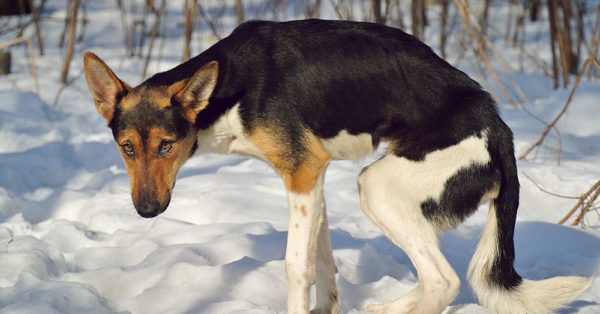
7 Simple Steps That Will Help You Save Stray Animals’ Lives This Winter
Winter brings with it as many celebrations as it does reasons to stay warm indoors. For stray animals, however, the season offers little comfort.
Countless animals freeze to death or die of malnutrition each winter, mostly cats, as shelters are often more responsive to stray dogs. While we can’t bring them all indoors, there are a number of ways to help them make it to spring.
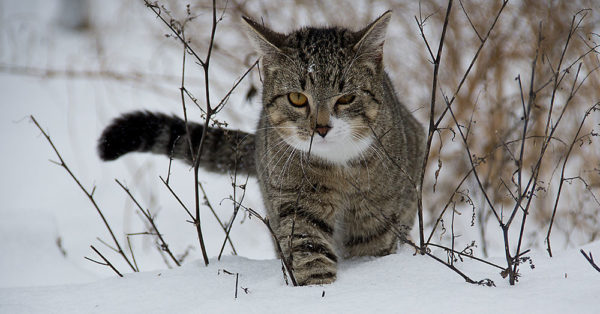
1. Always Call Ahead
Safety first. If you want the best for stray animals, and for yourself, it’s important to call a local shelter or rescue organization and ask them if they have room.
If the animal is a lost pet, the shelter can help locate the owner, preferably by scanning the pet’s microchip. Otherwise, some facilities may already be tracking feral cat populations and could provide the proper next steps in helping the stray animal.
In some communities, Mother Nature Network reports, feral cats are left to handle urban rodent populations, and animal welfare groups apply trap, neuter, and release methods to keep their numbers under control.

2. Be Careful!
If you don’t know the animal, you don’t know how it might react to you. More than likely, the animal is scared and disoriented, and one wrong move could send it running into oncoming traffic.
The Humane Society of the United States recommends that you use extreme caution when approaching a stray animal.
After contacting your local shelter, speak in a calm tone to reassure the animal, lure it into your carrier with food, call for backup if you need help, and transport the animal to safety.
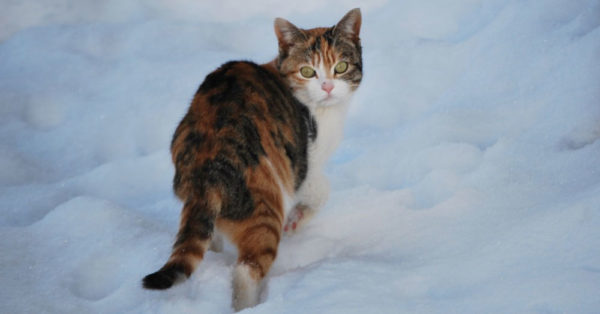
3. Making Room At Home
If you think you need to bring the animal home, you should first determine whether or not it will be comfortable there.
It’s unwise to let a frightened animal free in a home where there are other pets, but if you have the space, and there are no imminent threats to the animal, the HSUS recommends you also keep the following items on hand:
- Phone; phone numbers of local animal control, a shelter, and a 24-hour emergency veterinary clinic
- Cat carrier or cardboard box
- Collars and strong leashes for dogs
- Heavy blanket; water bowls and water
- Strong-smelling foods, such as canned tuna or dried liver
- An animal first-aid kit
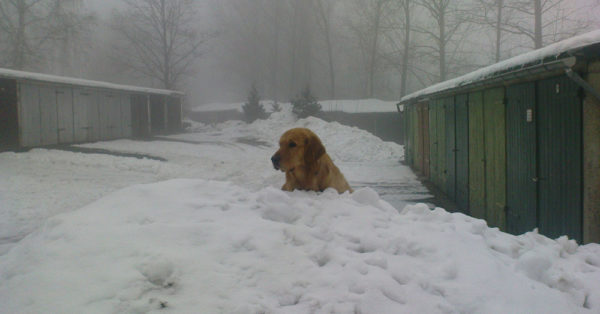
4. Warm and Dry Shelter
There are several ways to build an animal shelter. Many choose brick and mortar, but if your target population is a little smaller, you can make do with a slightly modified plastic tote box.
Completing this cat cozy is as easy as adding styrofoam insulation to the inner walls of your box, placing a second smaller plastic tote in the larger box, adding straw or bedding to insulate the inner space, and cutting a hole through the front in both.
Watch the video below for more detailed instructions.
5. Food
When the temperature drops, so do the chances of wet food staying soft and palatable. Stray cats need to eat, too, so if you are putting food outside for them, make sure it isn’t freezing solid.

There’s nothing a cold kitty or canine dislikes more than being taunted with tough treats. Calories are even more essential to animals in the winter, as their bodies will be working even harder to maintain core temperatures.
Place outdoor feeding stations in a place where they will be protected from the elements and accessible to the animals in your neighborhood. And if you notice the food has been eaten, make sure to keep it refilled on a regular basis. Animals operate on instinct and keep strict schedules. Disappoint them once, and they lose interest in coming back again.

6. Easy on the salt
Salt and chemical de-icing products can pose a deadly threat to animals walking around in the snow. Alley Cat Allies recommends avoiding these products near feral cat colonies.
“These products can be toxic and injure cats’ paws,” the organization maintains. “While there are products marketed as ‘pet safe,’ we still recommend using caution.”
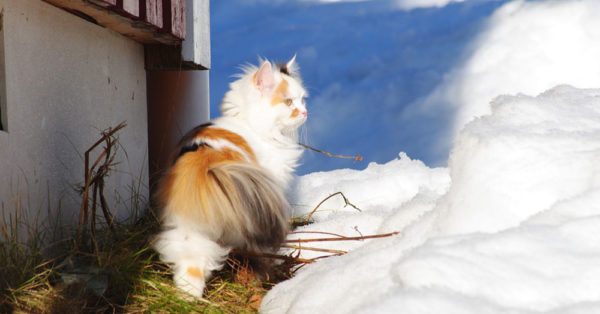
7. Water
Even with snow everywhere, water is a crucial resource. Staying hydrated is even more important for animals in the winter, as the extreme cold forces animals to expend more energy.
Keeping water outside during the winter is a good recipe for ice, which is of no use to a thirsty animal. The HSUS maintains that you can avoid a deep freeze by using a thick plastic water container that offers more insulation than a thin bowl.
While it’s fine to place food inside an exterior shelter, and even recommended, water should stay outside.
“Water is easily spilled, and a wet shelter will feel more like a refrigerator than a warm haven,” the HSUS reports.
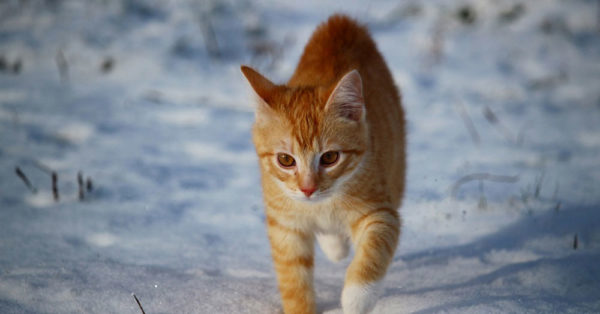
With a little preparation, you could be helping save lives as soon as the first snow falls. Better yet, get your neighbors involved in a community feeding and water schedule, and you’ll really make a difference.
Stray animals deserve a chance at survival just like their warm and cozy cousins, and vigilant individuals with their local shelter phone numbers at the ready help rescue these animals every day. Sadly, shelter animals throughout the U.S. are also in need of help this season. Click the link below to show your own pet how much you care and help other shelter animals everywhere!

+ There are no comments
Add yours